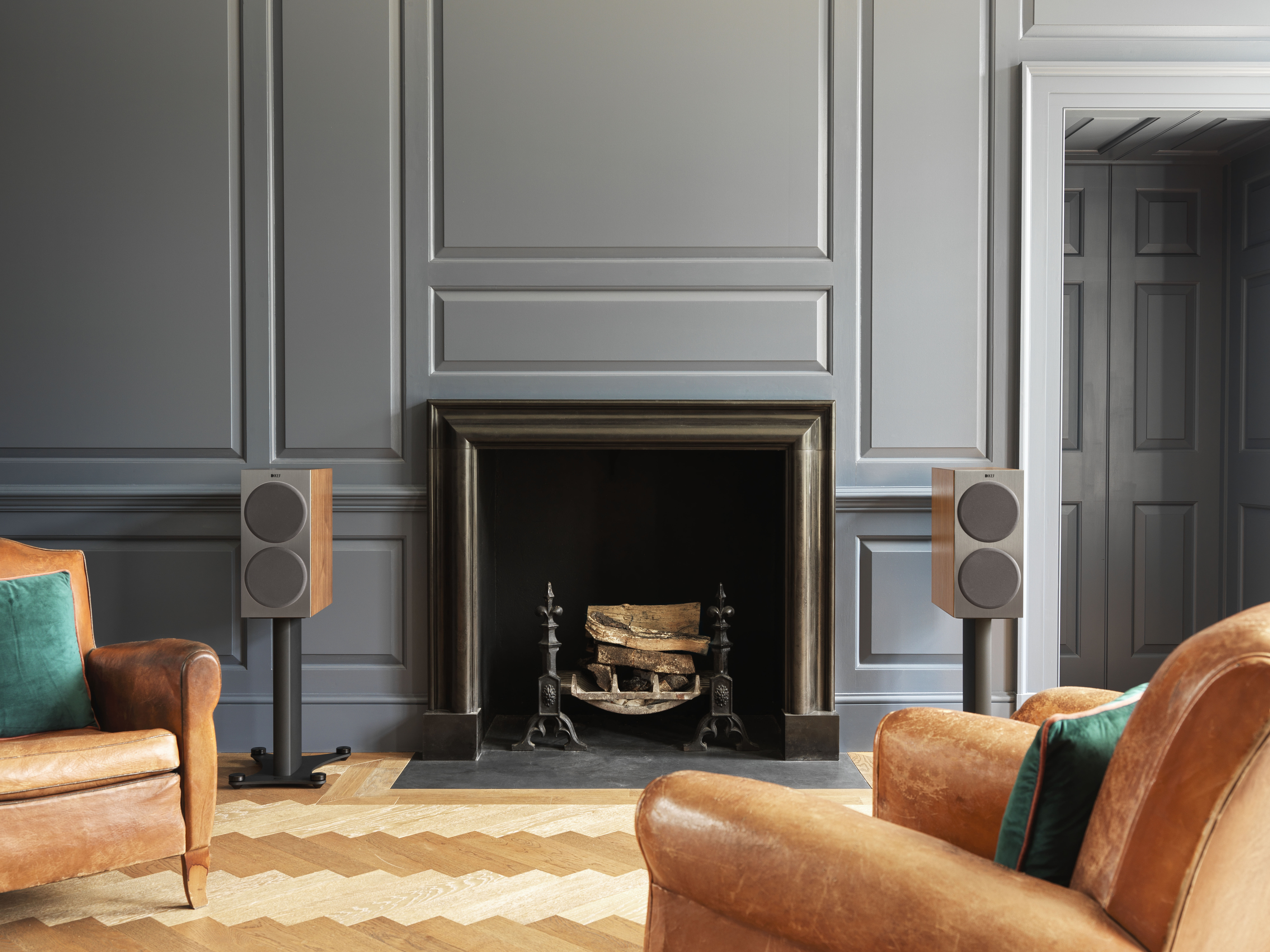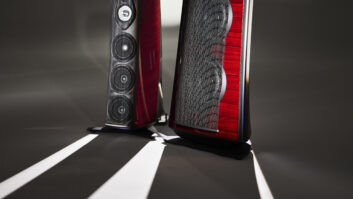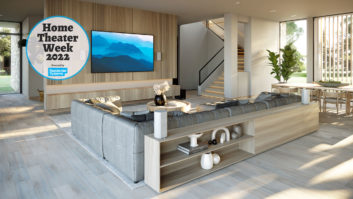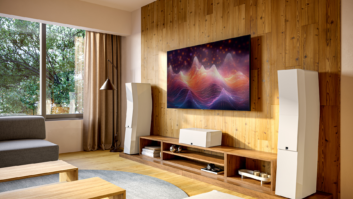
Unless you have a degree in advanced mathematics, you might feel a bit overwhelmed when it comes to optimizing your 2-channel sound system. There’s so much industry noise that it’s hard to separate out useful guidance from hype. Couple that with our predilection for snark (visions of The Simpsons’ Comic Book Guy come to mind), and it’s no wonder our customers feel lost. Where do we begin? Here are a few key areas that will make any 2-channel system pop without overloading your frontal cortex.
Calibration
Many 2-channel amplifiers come with their own calibration microphones or utilities from companies like Audissey, Trinnov, or Dirac. In addition, some amplifiers contain sound profiles for the speakers they’re attached to. Just select your speaker and it’s done. You can rest assured the sound performance is exactly how the manufacturer intended it. Room correction solutions like Dirac Live (available on amplifiers from NAD, Arcam, and others) use a plug-in microphone and smartphone app to measure the listening area in a room and optimize the sound accordingly. All of these solutions do the math for you and all you need is the ability to place the microphone around the room and keep things quiet for a few minutes. The difference pre- and post-calibration can be dramatic, and this important step shouldn’t be overlooked — especially if your 2-channel system has a built-in calibration engine.
If your 2-channel system doesn’t have a calibration engine built in, consider hiring a professional calibrator to sit with you and tweak the system accordingly. What you like vs. others is very subjective, and you’ll find calibration pros are able to help dial things in the same way a good sommelier can recommend the perfect wine.
Add a Subwoofer
If you’re lacking low-end sound, add a subwoofer. It’s an often-overlooked piece of an audio setup, but adding a subwoofer will round out the high-end and mid-range and boost the low frequency effects in any 2-channel system. Subwoofer manufacturers like SVS, Bowers & Wilkins, and others all have apps that will help dial in the correct volume and crossover settings, ensuring amazing sound.
Placement, Placement, Placement
Pay close attention to your speaker manufacturer’s user manual. Recommended speaker placements vary widely across speakers and have a huge impact on sound quality. As a rule, 2-channel systems should see a separation of at least 6 feet between left and right with at least 3 feet from perimeter walls. Some manufacturers like to see tower speakers placed against a rear wall while others like a spaced placement to allow “loading” for better bass performance. If you’ve spent a lot of money on a pair of speakers, chances are that a lot of work went into making sure they sound great when set up properly. Don’t skip this important last step or you might regret it.
Interconnects
Whether you like it or not, the right interconnects make a difference. Your speaker and amplifier manufacturer will spell out the type of speaker cabling you need (typically at least 12 AWG). Beyond that we get into the dogmatic realm of “which” speaker cabling is best. When in doubt, contact your speaker manufacturer or trusted integrator advisor to ask for guidance. Don’t forget power. Make sure your system is grounded properly and connected to a surge protector and conditioner. Outfits like SurgeX and Torus make amazing power conditioners optimized for high-end audio gear. If you doubt the difference, listen and decide for yourself. By sorting out the power and audio interconnects to match manufacturer recommendations, you’ve set yourself up for success. Don’t skimp here.
Final Verdict
There’s no single trick for superior sound performance, but any one of the above tips will move you closer to sonic excellence. When in doubt, there’s no substitute for a home technology professional who understands high-end audio and calibration. A few hours of their time will pay dividends in the long run.







